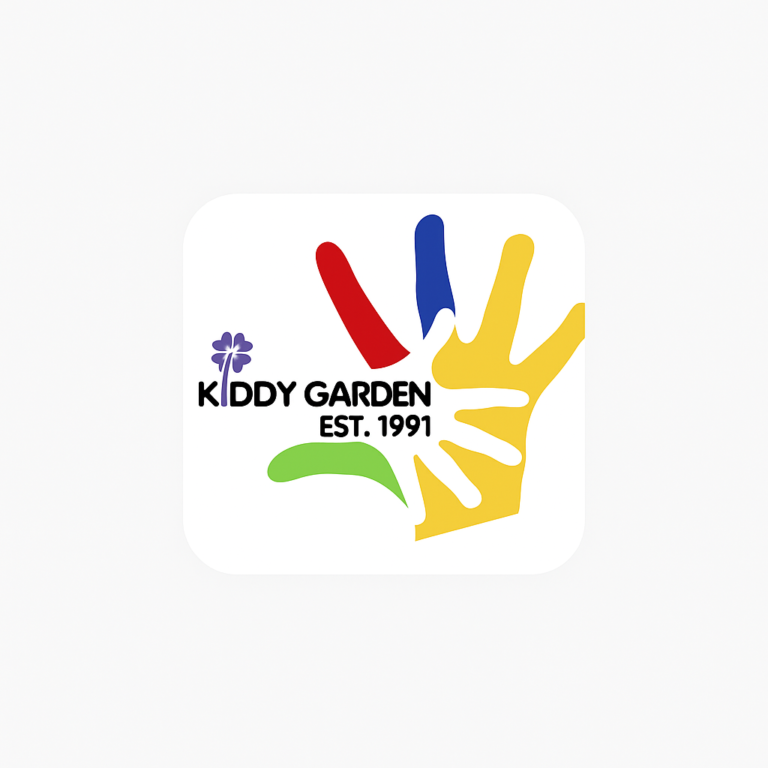In today’s highly competitive healthcare landscape, reaching the right specialists at the right time is critical to driving marketing success. Among the most valuable tools for targeted outreach is an Oncologist Email List. Whether you are a pharmaceutical company launching a new oncology drug, a medical device manufacturer, or a healthcare service provider, connecting directly with oncologists ensures your campaigns are precise, efficient, and measurable.
Evaluating return on investment (ROI) is a crucial part of any marketing strategy. By understanding how to leverage an Oncologist Email List effectively, healthcare marketers can optimize campaigns, reduce costs, and generate meaningful engagement with professionals who influence patient care decisions.
Why Oncologists Are Key Targets in Healthcare Marketing
Oncologists are specialists who diagnose and treat cancer patients. Their role extends beyond patient care—they influence treatment protocols, recommend products, and participate in clinical trials. Engaging oncologists in a targeted manner provides numerous benefits:
- Decision-Making Authority: Oncologists recommend therapies and medications to patients, shaping treatment decisions.
- Influence Across Networks: They often collaborate with hospital committees and research groups, expanding your reach indirectly.
- Need for Specialized Knowledge: Oncologists value scientific data, clinical evidence, and educational content, making targeted communications more effective.
By using an Oncologist Email List, marketers can deliver relevant information directly to the professionals who matter most, ensuring that campaigns are both efficient and impactful.
The Concept of ROI in Healthcare Marketing
Return on investment (ROI) is a measure of the efficiency and profitability of your marketing efforts. In the context of healthcare marketing, ROI is not just about immediate sales—it’s also about brand visibility, professional engagement, and long-term adoption of products or services.
Key metrics for assessing ROI in oncology marketing include:
- Open Rates and Click-Through Rates (CTR): Measure engagement with email campaigns.
- Lead Conversion Rate: Tracks how many oncologists take a desired action, such as signing up for a webinar or requesting product samples.
- Cost Per Lead (CPL): Determines the efficiency of your campaign spend.
- Revenue Generated: For product launches, tracking sales influenced by targeted outreach.
A strategic approach ensures that every dollar spent contributes to measurable growth, making ROI analysis critical to long-term success.
How an Oncologist Email List Drives ROI
1. Targeted Outreach Reduces Marketing Waste
A generic email campaign sent to all physicians will likely include many contacts irrelevant to oncology. By using a verified Oncologist Email List, marketers can focus only on professionals specializing in oncology.
Benefits of targeted outreach include:
- Higher Engagement: Emails are more likely to be opened by the intended audience.
- Lower Costs: Fewer wasted impressions, reducing the cost per engagement.
- Improved Deliverability: A verified list minimizes bounced emails and spam complaints.
Targeting the right audience ensures that marketing dollars are spent efficiently, directly improving ROI.
2. Personalization Enhances Engagement
Oncologists respond best to emails that are relevant, personalized, and data-driven. Using segmentation within your Oncologist Email List allows marketers to:
- Send content based on specialty (e.g., medical oncology, surgical oncology, radiation oncology).
- Personalize messaging by location, practice type, or clinical interests.
- Include product-specific information aligned with their patient population.
Personalization not only improves engagement but also increases the likelihood of conversion, directly contributing to a higher ROI.
3. Accelerating Product Awareness and Adoption
For new oncology drugs, medical devices, or software, rapid awareness is key. A well-executed email campaign can:
- Introduce new products efficiently to the target market.
- Educate oncologists with clinical evidence, case studies, and peer-reviewed research.
- Encourage early adoption through sample requests, webinars, or trial programs.
Early awareness and engagement can accelerate market penetration, translating into measurable ROI.
4. Cost-Effective Marketing Compared to Traditional Channels
Traditional marketing channels such as conferences, print advertising, or sales representatives can be expensive and time-consuming. In contrast:
- Email campaigns are low-cost, scalable, and measurable.
- Campaign results can be tracked in real-time, allowing for adjustments and optimization.
- Automation reduces manual effort while ensuring consistent communication with oncologists.
By combining a targeted Oncologist Email List with email automation tools, marketers can achieve more with less, improving overall ROI.
Strategies to Maximize ROI with an Oncologist Email List
1. Segment and Target Carefully
Segmentation is the backbone of ROI-driven campaigns. Consider segmenting your list based on:
- Subspecialty: Hematology-oncology, breast oncology, pediatric oncology, etc.
- Practice Setting: Hospitals, private clinics, academic research centers.
- Engagement Level: Past responders vs. inactive contacts.
Segmented campaigns deliver highly relevant content, improving open rates, click-through rates, and conversion metrics.
2. Deliver High-Value Content
Oncologists value actionable, research-backed content. High-value content can include:
- Clinical trial summaries
- Treatment guidelines and updates
- Whitepapers and eBooks
- Webinars and virtual events
When your emails provide value rather than just promotion, oncologists are more likely to engage, enhancing ROI.
3. Use Drip Campaigns for Nurturing Leads
Drip campaigns allow marketers to deliver a sequence of emails over time. Benefits include:
- Gradual education about your product or service
- Building trust and authority among oncologists
- Maintaining brand visibility consistently
A structured nurturing campaign ensures that leads move steadily through the awareness-to-conversion funnel.
4. Measure and Optimize Campaign Performance
Monitoring key performance indicators (KPIs) is essential to quantify ROI. Use metrics such as:
- Email open and click rates
- Conversion rates for desired actions (webinar sign-up, demo requests, sample orders)
- Revenue generated from leads obtained through email campaigns
Continuous analysis enables marketers to refine segmentation, content, and frequency to maximize ROI.
5. Ensure Compliance and Data Integrity
Pharmaceutical and medical marketing is heavily regulated. Compliance improves engagement and protects ROI by preventing reputational damage. Ensure your Oncologist Email List adheres to:
- HIPAA regulations when handling patient-related content
- CAN-SPAM Act for email communications
- GDPR if marketing to EU-based oncologists
Maintaining a clean, compliant, and verified list reduces risks and enhances trust, indirectly contributing to ROI.
6. Integrate Multi-Channel Marketing
Email works best when integrated with other channels:
- Social media campaigns targeting oncologists
- Content marketing through blogs, whitepapers, and educational portals
- Webinars and virtual conferences promoted via email
A coordinated multi-channel approach reinforces messaging, increases engagement, and maximizes ROI.
7. Re-Engagement Campaigns
Even with a targeted Oncologist Email List, some contacts may become inactive. Periodic re-engagement campaigns can:
- Revive dormant leads
- Identify uninterested contacts to remove from the list
- Maintain a healthy and responsive database
Re-engagement ensures your list remains active and ROI remains high by focusing on engaged oncologists.
Case Studies: Real-World ROI from Oncologist Email Campaigns
Case Study 1: A pharmaceutical company launched a new oncology drug using a segmented Oncologist Email List. By sending personalized emails highlighting clinical trials and patient outcomes, they achieved:
- 45% open rate
- 25% click-through rate
- 30% increase in sample requests
Case Study 2: A medical device manufacturer used a drip campaign targeting surgical oncologists. The result was:
- 50% engagement with educational content
- 20% growth in product demo requests
- Accelerated adoption in key hospitals
These examples illustrate the direct correlation between targeted email marketing and ROI in oncology campaigns.
Common Mistakes to Avoid
To maximize ROI, marketers should avoid:
- Sending generic emails to unsegmented lists
- Neglecting compliance with healthcare regulations
- Ignoring list hygiene and data verification
- Failing to track and analyze campaign metrics
Addressing these pitfalls ensures that campaigns remain effective, relevant, and measurable.
Future Trends in Oncology Email Marketing
Emerging trends that can further enhance ROI include:
- AI-driven personalization for hyper-targeted emails
- Predictive analytics to anticipate oncologists’ interests
- Interactive content such as quizzes, polls, and calculators
- Integration with CRM systems for seamless lead management
Staying ahead of these trends ensures that email marketing remains a high-ROI channel in oncology.
Conclusion
An Oncologist Email List is more than a database; it’s a powerful tool to drive measurable ROI in healthcare marketing. By targeting the right specialists, delivering value-driven content, leveraging segmentation and automation, and monitoring performance, marketers can achieve substantial returns.
Investing in a verified and well-maintained Oncologist Mailing List ensures that campaigns reach engaged professionals, enhance brand credibility, and generate tangible results—making it an indispensable resource for any healthcare marketing strategy.



